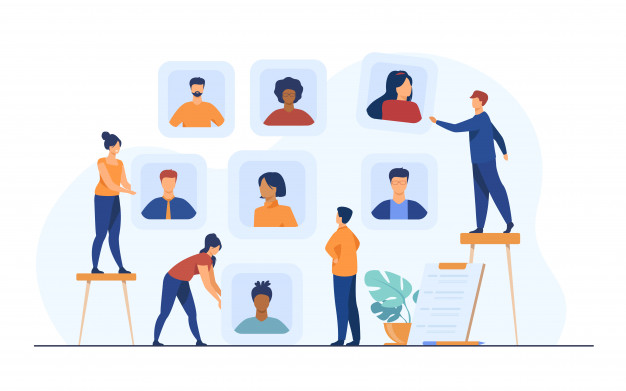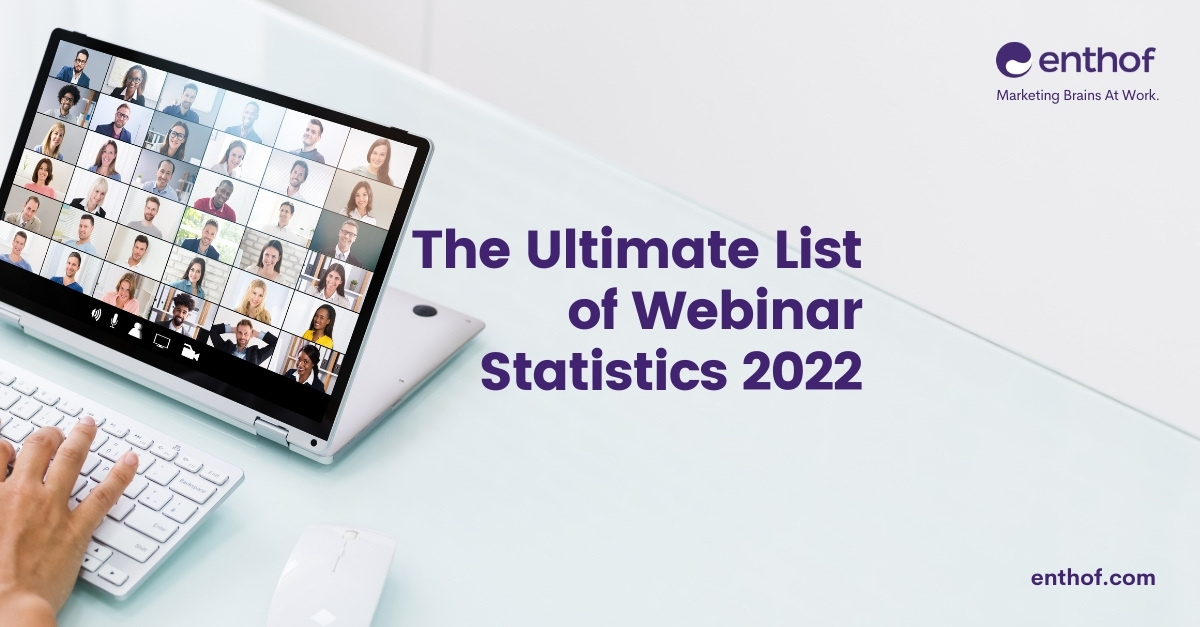Consumer Behaviour Research Process
We’ve gone over the consequences of customer behaviour in marketing as well as the critical information it should reveal for your business, and now it’s time to focus on the Consumer Behaviour Research method itself.

#1. Define your consumer behaviour research objectives
The first step to the consumer research process is to develop a clear statement of purpose outlining why the research is being conducted and what you hope to gain from it. This keeps the project on-track and ensures team members are all on the same page in regard to its purpose and findings.
#2. Determine which audience segments are most important
Next, determine which portions of your audience are the most beneficial to your company. Segmenting audiences based on their level of brand involvement, such as how many times a customer has interacted with your brand via which channels, what they have purchased, and how frequently they have purchased, will enable you not only to identify the most valuable audiences, but understand how, where, and when is best to reach them.
#3. Identify the key benefit for each group
For this part, try to look beyond just your product or service, and consider the external factors that influence a customer’s buying decision. In other words, consider the context of their needs, including their motivations and priorities, as well as unconsciously regulated patterns that have been learned. What makes them choose your brand above others? Was the purchase made out of need or did the buyer make a deliberate decision to seek out your brand? This is a fantastic technique to figure out how to improve the customer experience.
#4. Gather and analyse data from the first, second, and third parties
It will provide vital insights by gathering and analysing as much relevant data as possible, allowing you to construct comprehensive and valuable personas that can be used effectively in your marketing initiatives. This information can be gleaned via first-party sources (information obtained and held by the brand), second-party sources (information gleaned from a closely linked external source, such as a partner), and third-party sources (information gleaned from a third-party source) (externally-sourced data from a specialist analytics company or industry expert).
Look for recurring trends or patterns, distinctive behaviours particular to a client type, or common barriers that appear at different lifecycle stages while examining the data.
#5. Apply your behavioural analysis to a campaign
After you’ve gathered the necessary information from your behavioural analysis, you may use it to better shape and target a marketing campaign. You can tailor the consumer experience by improving content distribution or selecting the optimum distribution channel for each persona based on your results. Or, now that you’re aware of the barriers that once existed, to properly nurture consumers across the whole customer experience. Finally, the results of your consumer behavior research should offer you a solid notion of where you can improve your marketing initiatives to make them more effective.
#6. Analyse the results
Without assessing the final results, no consumer behaviour analysis is complete. It’s time to examine how effective the modifications you implemented were once they’ve been in place for enough time to collect data. Analyse your outcomes using measures like conversion rate, acquisition cost, and client lifetime value. It’s then critical to analyse your strategy on a regular basis to ensure you know what’s working (and, conversely, what isn’t) and why.

There are a few crucial questions you should answer before you start your customer behaviour analysis:
- Who is it that buys your goods and services? To put it another way, who is your ideal customer?
- Who decides whether or not to buy your goods and services? In some circumstances, the person who purchases the goods or service is acting on behalf of someone else who has made the purchasing choice (such as a CEO)
- Who has a say in whether or not a product is purchased? Remember how we said earlier in the book that the customer (the person who makes the purchase) isn’t always the consumer (the one who uses the product)? When answering this crucial question, keep this in mind.
- What factors go into making a purchase decision? Who or what has an impact on this decision? Is it the purchaser, or the person for whom the goods is intended?
- Why does a customer purchase a product? It’s critical to comprehend the motivations behind a customer’s purchase, especially since these motivations will differ from one person to the next. What are the requirements or desires that the product satisfies for them?
- What makes a customer choose one brand over the other? Quality, quantity, cost, brand, and product promotion are just a few of these considerations.
- What stores do customers go to buy the product? Even the way a customer shops reveals information about their purchasing habits. Was the product purchased through online or offline means, for example?
- When do people purchase a product? A consumer may want to acquire a product or service for a variety of reasons. Consider these occasions as opportunities to position or advertise your product in new ways.
- What is the customer’s take on the product? Positive evaluations and word-of-mouth are heavily influenced by a product’s impression. Is the product considered pricey, good value for money, or inexpensive by the customers? What are their thoughts on the overall quality of the product?
- What role does the consumer’s lifestyle play in their purchasing decisions? Take into account their hobbies, passions, values, morals, wants, and needs to see how they influence their purchasing decisions.
About the Author
 Donald Gonsalves is the founder of Enthof Creatives and a regular writer for the website’s blog. He has more than 2 decades of experience in marketing, sales and branding. His need to research and learn more about these segments in never ending. To contact him, just drop an email to donald.g@sh118.global.temp.domains
Donald Gonsalves is the founder of Enthof Creatives and a regular writer for the website’s blog. He has more than 2 decades of experience in marketing, sales and branding. His need to research and learn more about these segments in never ending. To contact him, just drop an email to donald.g@sh118.global.temp.domains
Follow him on Linkedin – https://www.linkedin.com/in/donaldgonsalves



